to prune or not prune the great debate!!!!!
cherryhill15
14 years ago
Related Stories

WINTER GARDENINGPruning Secrets for Exquisite Roses
Encourage gorgeous blooms year after year with this time-tested advice on how to prune your rosebush in winter for health and shape
Full Story
GARDENING GUIDESHow to Prune Your Flowering Shrubs for the Best Blooms
Less is often more when it comes to properly pruning flowering shrubs. Here’s what to do and why
Full Story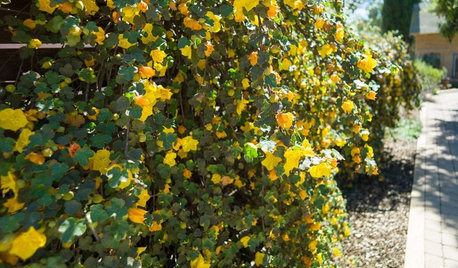
GARDENING GUIDESTidy Up Sprawling Native Shrubs With These Pruning Tips
Sound horticultural pruning methods work for native and nonnative plants alike
Full Story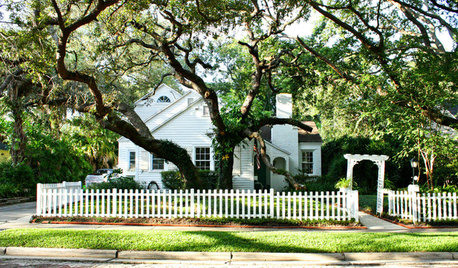
TREESGreat Design Plant: Southern Live Oak Offers an Unbeatable Canopy
Keep it dense or prune it for more light. No matter how you grow Quercus virginiana, it’s a majestic addition to its native landscape
Full Story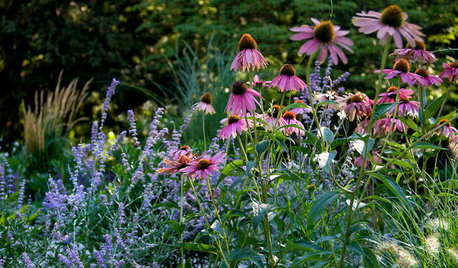
MOST POPULAREnjoy Your Summer Garden — Here’s What to Do in July
Our July gardening guides take the guesswork out of summer watering, pruning and planting. See our tips for your U.S. region
Full Story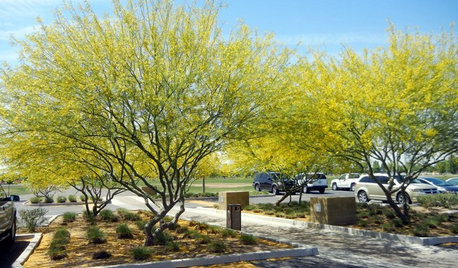
SOUTHWEST GARDENINGSouthwest Gardener's May Checklist
Let May's warm temperatures guide your edible and flowering garden plantings, and don't forget to protect and prune your picks
Full Story
GARDENING GUIDESPacific Northwest Gardener: What to Do in June
Now's the time to prune pines and vines, prevent pests and buy June-blooming plants to keep your garden healthy and beautiful
Full Story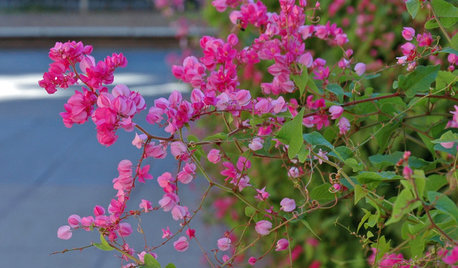
GARDENING GUIDESSouthwest Gardener's March Checklist
Dust off your gardening tools and get busy pruning to help your trees and plants reach their full potential
Full Story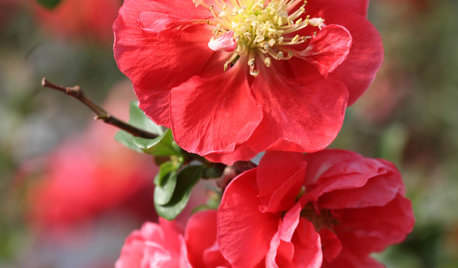
WINTER GARDENINGCalifornia Gardener's January Checklist
Winter-defying blooms and pruning saws earn a cheer, while California-focused gardening design books get a well-deserved shout-out
Full Story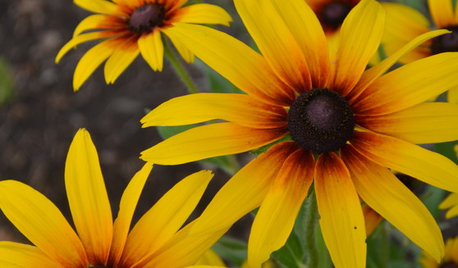
GARDENING GUIDESSouthwest Gardener's July Checklist
Hold on to your hat and prune those tree branches; monsoon season means damage prevention is key
Full Story


digdirt2
nichi
Related Discussions
prune or not prune
Q
What height to prune, if I prune?
Q
To prune or not to prune
Q
Prune or Not to Prune?
Q
digdirt2
cherryhill15Original Author
digdirt2
danilo
phil_m
mojavebob
danilo
danilo
mojavebob
User
digdirt2
danilo
mojavebob
compleat
johnny_tomato_seed
danilo
dave1mn2
jeremywildcat
danilo
shelbyguy
jeremywildcat
dave1mn2
rj_hythloday
mojavebob
digdirt2
jeremywildcat
nichi